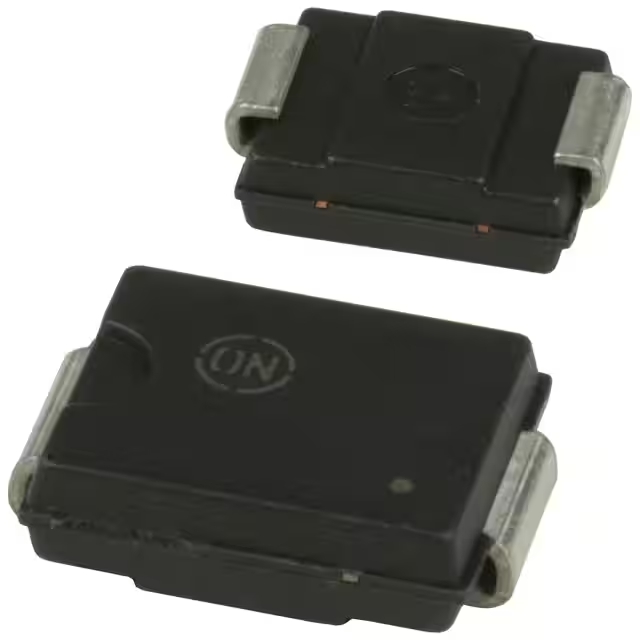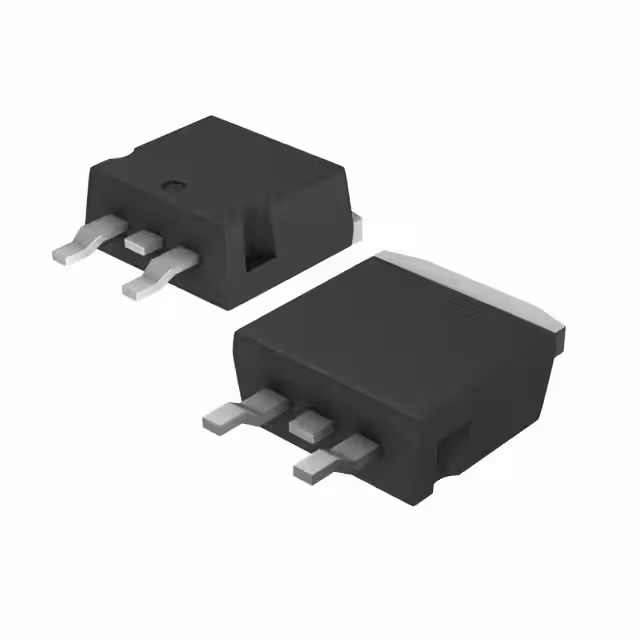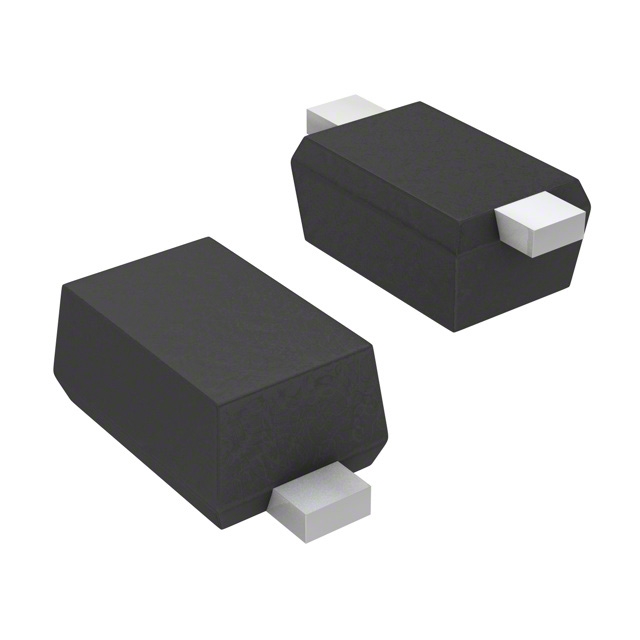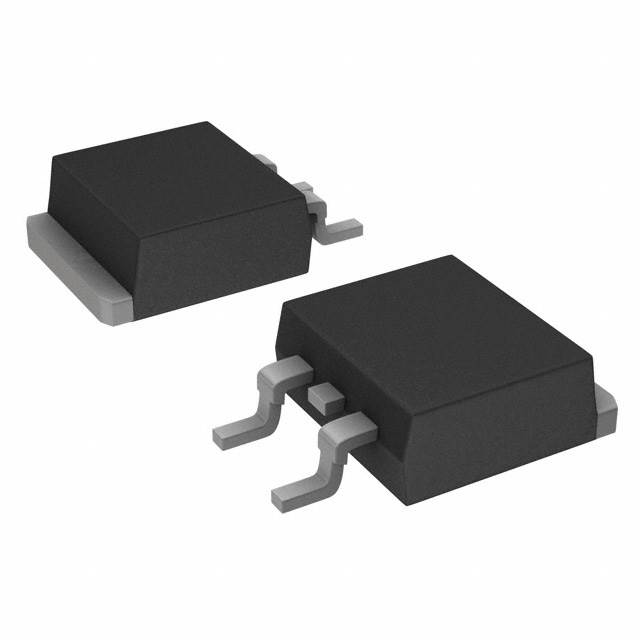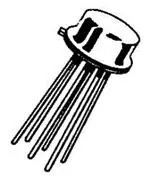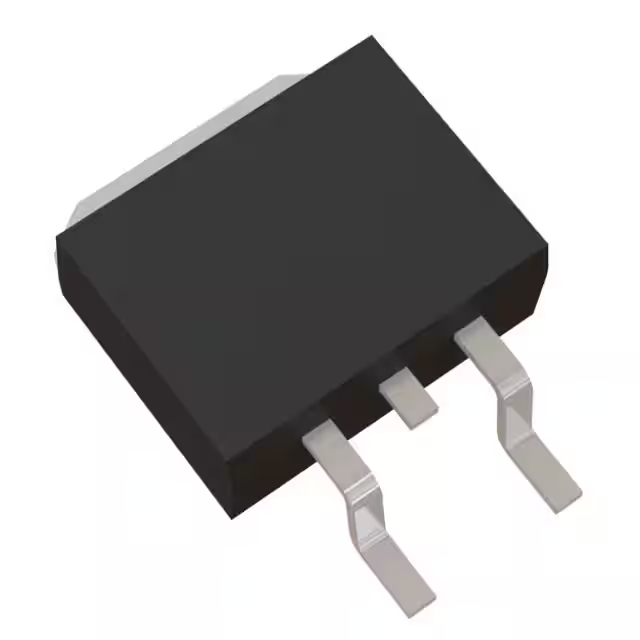MBRS340T3G | datasheet, diode specifications & price onsemi
- Tension CC inverse (Vr) (Max) : 40 V
- Courant moyen redressé (Io) : 3A
- Tension directe (Vf)(Max)@If : 500 mV @ 3 A
- Emballer: DO-214AB, SMC

Livraison GRATUITE pour les commandes supérieures à HK$250.00

Réponse rapide, devis rapide

Expédition rapide, pas de soucis après-vente

Chaîne originale, garantie de produits authentiques
MBRS340T3G
The MBRS340T3G is a Schottky diode designed for power applications, especially when you need efficient rectification. One of its key features is its low forward voltage drop, around 0.45V, which helps minimize power loss, especially in low-voltage systems. It also has fast switching speeds, making it perfect for high-frequency circuits like switching power supplies or DC-DC converters.
With a current rating of 3A, this diode can handle moderate to high loads, and its low reverse leakage current (around 0.1 µA at 25°C) ensures minimal power loss when reverse-biased. It’s packaged in a compact SMD form (DO-201AD), which is great for space-constrained designs. Plus, it operates in a wide temperature range from -65°C to +125°C, so it can handle different environments.
MBRS340T3G Pinout Diagram

| Numéro de code PIN | Nom de la broche | Description |
|---|---|---|
| 1 | Anode | The positive side of the diode, where current enters when the diode is forward-biased. |
| 2 | Cathode | The negative side of the diode, where current exits when the diode is forward-biased. |
When using the MBRS340T3G, the anode (pin 1) should be connected to the positive side of your circuit, typically the input side of the rectifier. The cathode (pin 2) goes to the negative side, which is usually the output or ground, depending on your design.
It’s really important to get the orientation right when integrating the diode into your circuit. If you connect the anode and cathode the wrong way, the diode won’t work properly and could be damaged.
This Schottky diode is perfect for rectification because of its low forward voltage drop. Just make sure you place it correctly to fully benefit from this feature.
MBRS340T3G Equivalent Diode

| Paramètre | MBRS340T3G | SS14 | 1N5822 |
|---|---|---|---|
| Emballer | DO-201AD (SMD) | DO-201AD (SMD) | DO-201AD (SMD) |
| Évaluation actuelle | 3A | 1A | 3A |
| Forward Voltage Drop | 0.45V (at 3A) | 0.45V (at 1A) | 0.45V (at 3A) |
| Reverse Leakage Current | 0.1 μA (at 25°C) | 0.1 μA (at 25°C) | 0.5 μA (at 25°C) |
| Max Reverse Voltage | 40 V | 40 V | 40 V |
| Température de fonctionnement | -65°C to +125°C | -65°C to +125°C | -65°C to +125°C |
Here’s a quick breakdown of some alternatives to the MBRS340T3G:
-
SS14: This Schottky diode has a similar forward voltage drop and reverse voltage rating, but its current rating is only 1A. It’s a good choice for low-current applications but won’t work well in higher current setups.
-
1N5822: This one has a higher current rating of 3A, just like the MBRS340T3G, but it has a slightly higher reverse leakage current (0.5 µA at 25°C), which could impact efficiency in some applications. It’s great for higher current handling, but efficiency might be slightly lower.
Things to Keep in Mind:
Make sure the current rating suits your application—SS14 won’t work if you need more than 1A. Also, if you’re designing for high-efficiency or low-power use, consider the reverse leakage current. Lastly, check that the voltage ratings and package type are compatible with your circuit.
MBRS340T3G Power Rectifier Circuit

The image shows a full-wave bridge rectifier, which is used to convert AC (alternating current) to DC (direct current). Here’s how it works:
-
Key Components: The AC supply provides alternating voltage. The four diodes (D1, D2, D3, D4) are arranged in a bridge to direct current through the load resistor (R) in one direction, no matter which way the AC input is flowing.
-
How It Works: When the AC supply is positive, diodes D1 and D2 conduct, letting current flow through the load resistor in one direction. During the negative half of the AC cycle, diodes D3 and D4 conduct, allowing current to flow through the load resistor in the same direction. This way, the current through the load resistor stays positive and unidirectional.
MBRS340T3G Bridge Rectifier Usage
Le MBRS340T3G is a Schottky diode, commonly used in bridge rectifier circuits due to its low forward voltage drop and fast switching speed. Here’s how it fits into a bridge rectifier application:
-
Rectification of AC to DC: The MBRS340T3G is often used to convert AC (alternating current) into DC (direct current) in power supplies. The low forward voltage drop of the Schottky diode reduces power losses, making it more efficient than standard PN diodes.
-
Bridge Rectifier Configuration: In a bridge rectifier, four diodes are arranged in a bridge. Two diodes conduct during the positive half of the AC cycle, while the other two conduct during the negative half. This configuration ensures that the current always flows in one direction through the load, providing smooth DC output.
-
Advantages: The MBRS340T3G‘s Schottky characteristics, such as a lower forward voltage drop and high efficiency, make it ideal for high-frequency applications and low-voltage drop scenarios, which is beneficial in circuits requiring minimal heat dissipation.
MBRS340T3G Reverse Voltage Rating Circuit

The shows a half-wave rectifier circuit with an AC input of 415V RMS at 50Hz. Here’s the breakdown for the MBRS340T3G diode’s reverse voltage rating:
-
AC Input: The input is 415V RMS, which gives a peak voltage of about 586V (415V × 1.414).
-
Reverse Voltage Rating: The MBRS340T3G has a reverse voltage rating of 40V. This means if the voltage across the diode goes above 40V, it could break down or get damaged.
-
Risk: In this circuit, with a peak voltage of 586V, the MBRS340T3G won’t work because its reverse voltage rating (40V) is much lower than the peak voltage (586V). The diode would be at risk of failure.
Conclusion: For this circuit, you need a diode with a higher reverse voltage rating, ideally above 586V, to prevent damage. The MBRS340T3G isn’t suitable here.
